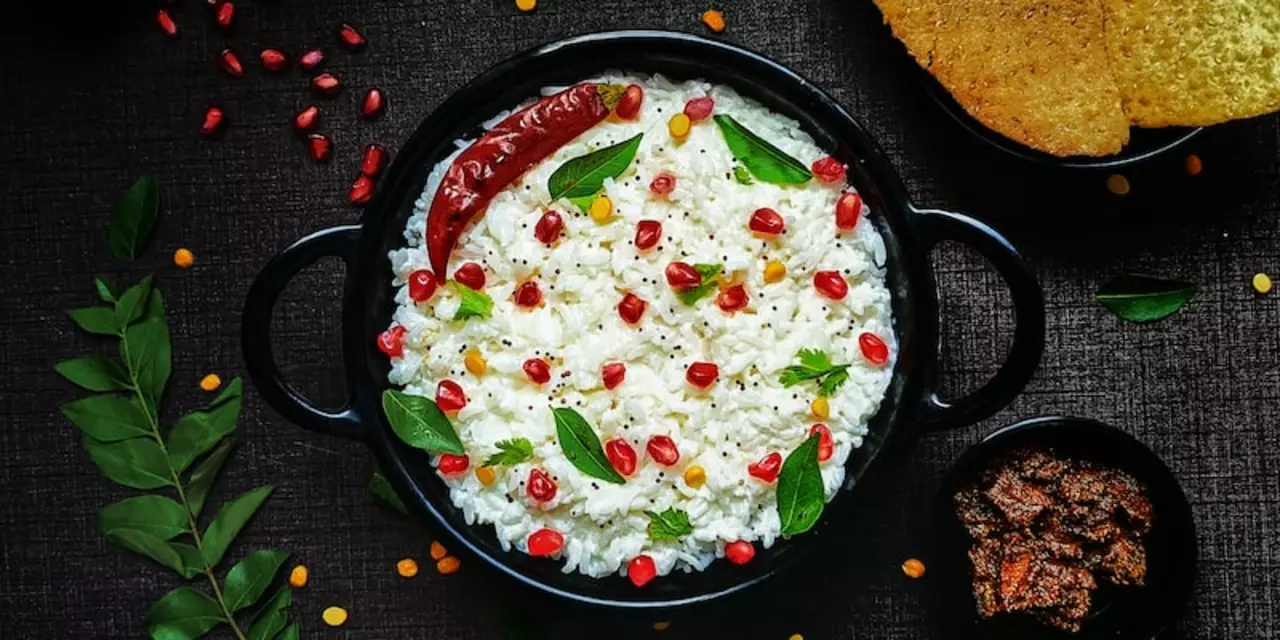Simple Indian Cuisine for Everyday Cooking
Ever wonder why Indian food feels so comforting yet exciting? It’s because most dishes rely on a handful of pantry staples – rice, lentils, spices, and fresh veggies. You don’t need a fancy kitchen to whip up a tasty meal; just a few basic tools and a bit of curiosity. In this guide we’ll cover quick South Indian breakfasts, a few all‑day meals, and practical tips to keep your cooking healthy.
Quick South Indian Breakfasts
South Indian mornings are famous for idli, dosa, and uttapam. The best part? They’re fermented, which makes them easy on digestion. Here’s a quick rundown:
- Idli: Mix 1 cup rice and ½ cup urad dal, soak overnight, then blend into a smooth batter. Steam for 10‑12 minutes. Serve with coconut chutney – simple, fluffy, and protein‑rich.
- Dosa: Use the same batter, thin it a bit more, and spread on a hot non‑stick pan. A drizzle of oil gives that golden crunch. Fill with spiced potatoes for a classic masala dosa.
- Uttapam: Pour a thicker layer of batter, sprinkle chopped onions, tomatoes, and chilies on top, then press lightly. It’s like a savory pancake that’s soft inside and crisp outside.
All three take under 30 minutes once your batter is ready. If you’re short on time, you can buy ready‑to‑use mixes at most grocery stores – just follow the package instructions.
Everyday Indian Meals Made Easy
Beyond breakfast, a few one‑pot dishes can cover lunch and dinner:
- Dal Tadka: Rinse 1 cup yellow lentils, boil with water, turmeric, and salt until soft. In a separate pan, heat oil, add mustard seeds, cumin, garlic, and a pinch of asafoetida. Pour this tempering over the cooked dal and finish with chopped cilantro.
- Vegetable Pulao: Sauté onions, carrots, peas, and beans in a little ghee. Add washed basmati rice, water, and a bay leaf. Cook until the rice is fluffy. You get a one‑dish meal that’s filling and colorful.
- Paneer Bhurji: Crumble paneer, sauté with onions, tomatoes, green chilies, and garam masala. It’s ready in 10 minutes and pairs well with roti or paratha.
These recipes use minimal oil and plenty of veggies, so they stay light while still delivering classic flavors.
Healthy Cooking Tips You Can Use Tomorrow
Keeping Indian food healthy is easier than you think. Here are three habits to adopt:
- Steam, don’t fry: Swap deep‑fried samosas with baked or air‑fried versions. Steaming idli and dhokla cuts down on calories without losing texture.
- Boost fiber: Add lentils, chickpeas, or millets to regular rice dishes. A handful of rolled oats or quinoa can replace half the white rice for a boost in protein and fiber.
- Control salt: Use spices like cumin, coriander, and black pepper to enhance taste instead of relying on salt. A squeeze of lemon at the end brightens flavors instantly.
Try swapping one ingredient at a time; you’ll notice the difference without feeling restricted.
Whether you’re a student, a working professional, or just someone who enjoys good food, Indian cuisine offers quick, tasty, and wholesome options. Grab a pan, follow these simple steps, and you’ll have a plate that feels both familiar and refreshing. Happy cooking!
What Indian foods Americans find weird?
This article explores five Indian foods that are considered strange by many Americans. These include ghee, bhel puri, deep-fried snacks, coconut chutney, and chapati. Ghee is clarified butter and is often used in Indian cooking; bhel puri is a savory snack made of puffed rice, vegetables, and chutney; deep-fried snacks can include anything from samosas to pakoras; coconut chutney is a condiment made with coconut, red chili, and other spices; and chapati is a type of flatbread made with wheat flour. While these foods may seem strange to Americans, they are all staples of Indian cuisine.
